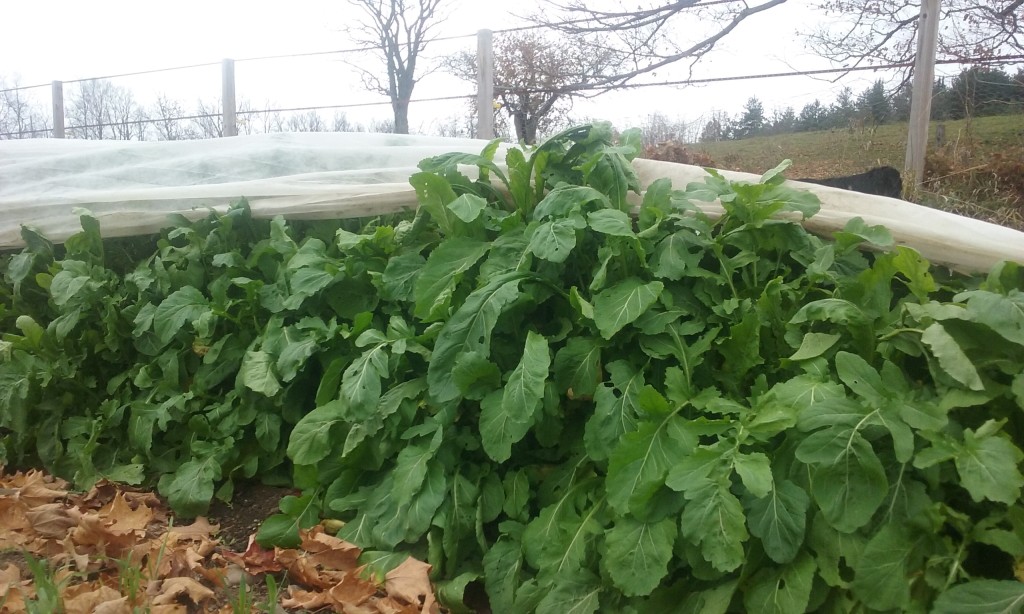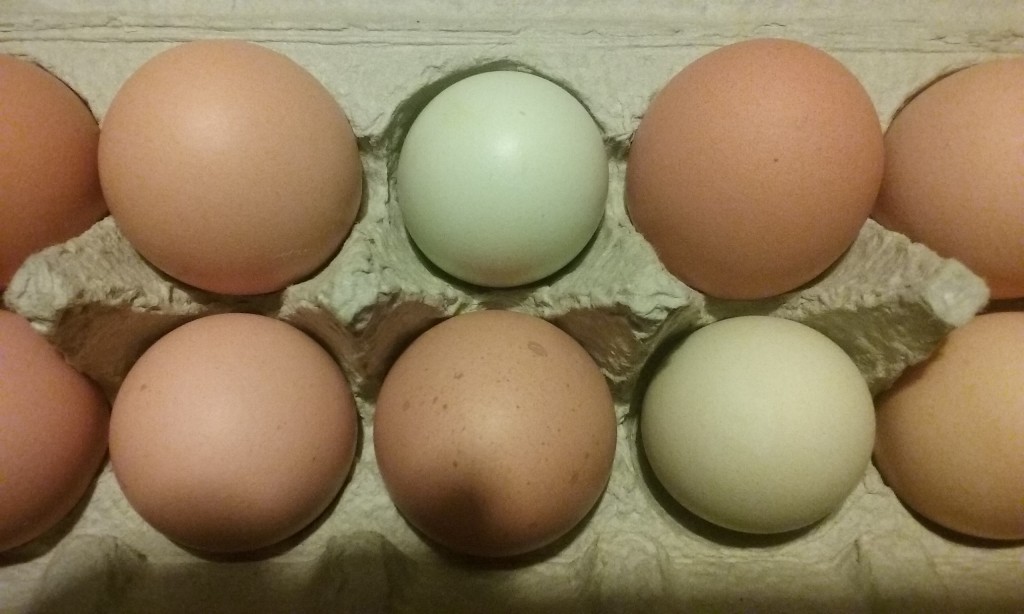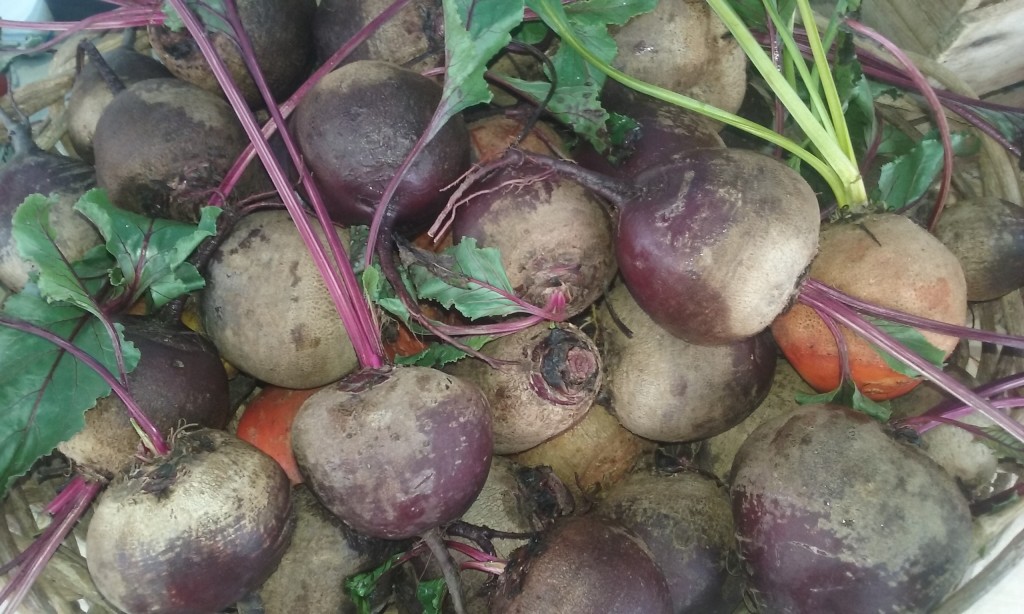Week of October 20, 2019

Eating Local and Seasonally
There are so many benefits of eating seasonally. For one, the produce you are eating has a higher nutrient quantity. When vegetables are harvested at their peak state of ripeness, the nutrients have been fully developed. Food obtained direct from your local farm and eaten within days of harvesting is still “alive.” This can be seen by taking a bunch of chard from the farmer’s market or your CSA box, bringing it home and putting it in a vase: it stands up like a bouquet of cut flowers! This living food is full of not only vitamins, but organic enzymes; nutrients that are lost when you buy food from the grocery store that has traveled hundreds, if not thousands of miles. In fact, each food item in a typical U.S. meal has traveled an average of 1500 miles. You are also reducing your carbon footprint when you eat locally sourced, in- season food. Americans consume about 400 gallons of oil per year per person for agriculture; a close second to vehicle use. Synthetic fertilizers, pesticides and herbicides use oil as their starting materials and in their manufacturing. More than 25% of all farming energy goes into synthetic fertilizers. The vast majority of the remaining oil is used to transport that food to your plate, as well as in the processing, packaging and refrigeration. Energy calories consumed by production, packaging and shipping far outweigh the energy calories we receive from the food. If every American ate just one meal a week composed of local and organically raised meats and produce, we would reduce our country’s oil consumption by more than 1.1 million barrels of oil every week! (Plus, local and organic food tastes better!)
Produce from the Farm this Week
Celery, Dill, Swiss Chard, Dandelion Greens, Lettuce, Cherry Tomatoes, Pink Blush Onion, Beets, Zucchini, Arugula
Arugula Salad with Hard Boiled Eggs
1 bunch arugula
3 hard boiled eggs
1-2 Tbsp onion, minced
Olive oil
Balsamic vinegar
Sea salt
Peel eggs by cracking shell then rolling egg on all sides to crush shell. Peel and slice into quarters then slice each quarter in half. Wash and rough chop arugula. Place arugula, eggs, and onion in a serving bowl. Drizzle with olive oil and balsamic. Season with sea salt. Toss and serve.
Celery Soup
1 chopped head of celery
1 chopped large waxy potato
1 chopped medium onion
1 stick butter
Sea salt
3 cups chicken broth
1/4 cup fresh dill
1/2 heavy cream
Celery leaves
Olive oil
Flaky sea salt, like Maldon
Combine chopped celery, potato, onion and butter in a medium saucepan over medium heat; season with salt. Cook, stirring, until onion is tender, 8 to 10 minutes. Add chicken broth and simmer until potatoes are tender, 8 to 10 minutes. Puree in a blender with dill. Stir in cream. Serve soup topped with celery leaves, olive oil and flaky sea salt.
 Eight Mile Creek Farm
Eight Mile Creek Farm




Great post! Too many people are unaware That the food you get from a local farmer is far superior to anything that they would get from a store or mail order CSA.
That is the gods’ honest truth, Robert! Not only is her stand at the Peekskill Farmer’s Market stunningly beautiful to see, it’s obvious the food you are buying from Pam has the highest nutrient quality—with a taste that is far better than anything you can buy in the grocery store! I am grateful for all the work that she does toward better health for people and planet.